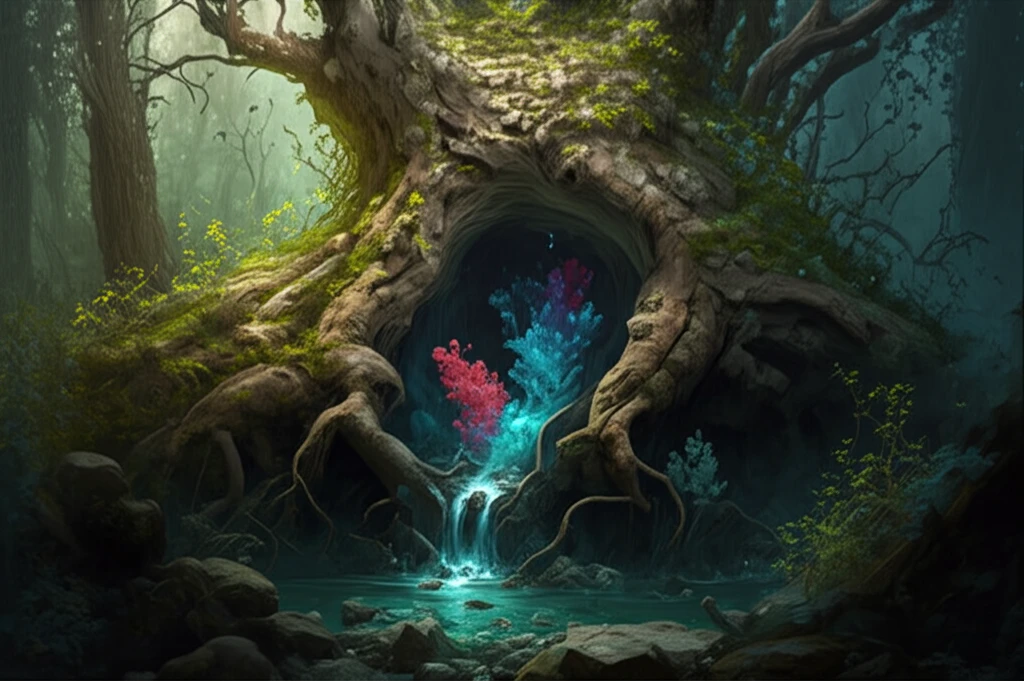
Sustainable Style: Turning Tree Bark into Dye-Busting Super Material
"Discover how Araucaria angustifolia bark, a forestry waste product, could revolutionize wastewater treatment by efficiently removing harmful dyes."
Wood processing generates substantial waste, posing environmental challenges due to organic matter and phenolic compounds. Araucaria angustifolia, towering trees reaching 25–35 meters, produce significant bark waste – roughly 25% of their trunk volume – during processing. This waste often ends up in landfills, potentially contaminating soil and water (Röder & Thornley, 2018).
While some bark is repurposed for energy generation or seedling production, a considerable amount remains unused. This has spurred efforts to find alternative applications for wood processing byproducts, transforming potential pollutants into valuable resources (Moreno et al. 2017; Cetiner & Shea 2018; Hossain et al. 2018).
The textile and leather industries contribute significantly to water pollution through colored effluents loaded with synthetic dyes. It’s estimated over 100,000 types of synthetic dyes are produced annually, totaling 700,000 tons worldwide (Al-Fawwaz & Abdullah 2016). The toxicity and persistence of these dyes necessitate improved treatment methods, leading researchers to explore innovative solutions like adsorption (Mu & Wang 2016).
Araucaria Bark: An Unlikely Hero for Water Purification

Adsorption is emerging as a promising technique for treating dye-contaminated effluents because of its efficiency and cost-effectiveness. The focus is now shifting towards finding readily available, low-cost materials to act as effective adsorbents (Bonilla-Petriciolet et al. 2017). Vegetable-based materials are particularly attractive due to their sustainable nature.
- AA-Bark effectively removes Gentian Violet dye from aqueous solutions.
- The adsorption process is most efficient at a pH of 8.0 with an adsorbent dosage of 0.80 g/L.
- AA-Bark can treat simulated dye house effluent, achieving color removal rates of approximately 80%.
- AA-Bark demonstrates excellent performance in fixed-bed experiments, indicating its potential for continuous treatment systems.
Turning Waste into a Resource
This research demonstrates the potential to transform a forestry byproduct, Araucaria angustifolia bark, into a valuable tool for combating water pollution. By providing a cost-effective and sustainable method for dye removal, AA-Bark offers a pathway towards cleaner water and a more circular economy. Further exploration and application of this method could significantly benefit both the environment and industries struggling with dye-contaminated wastewater.
